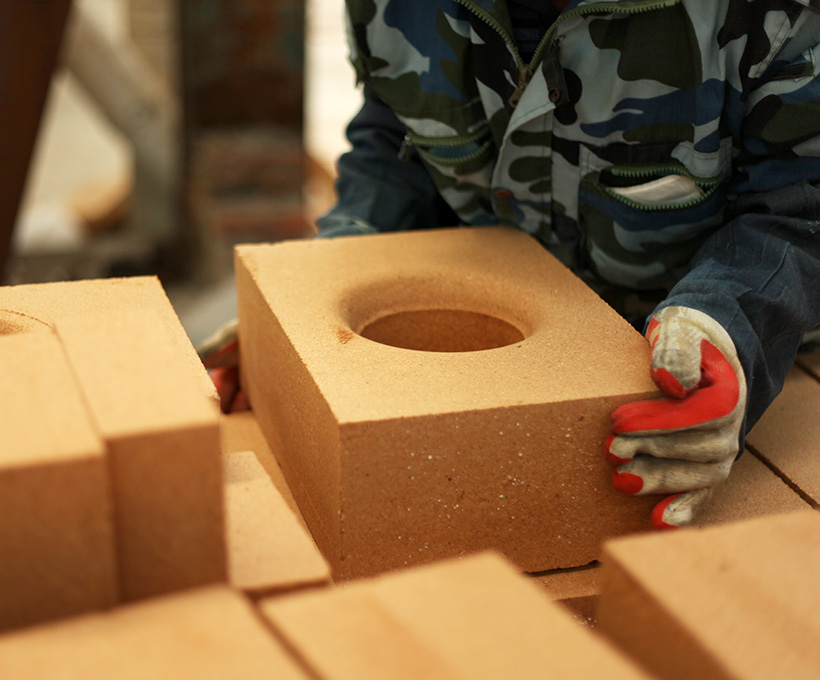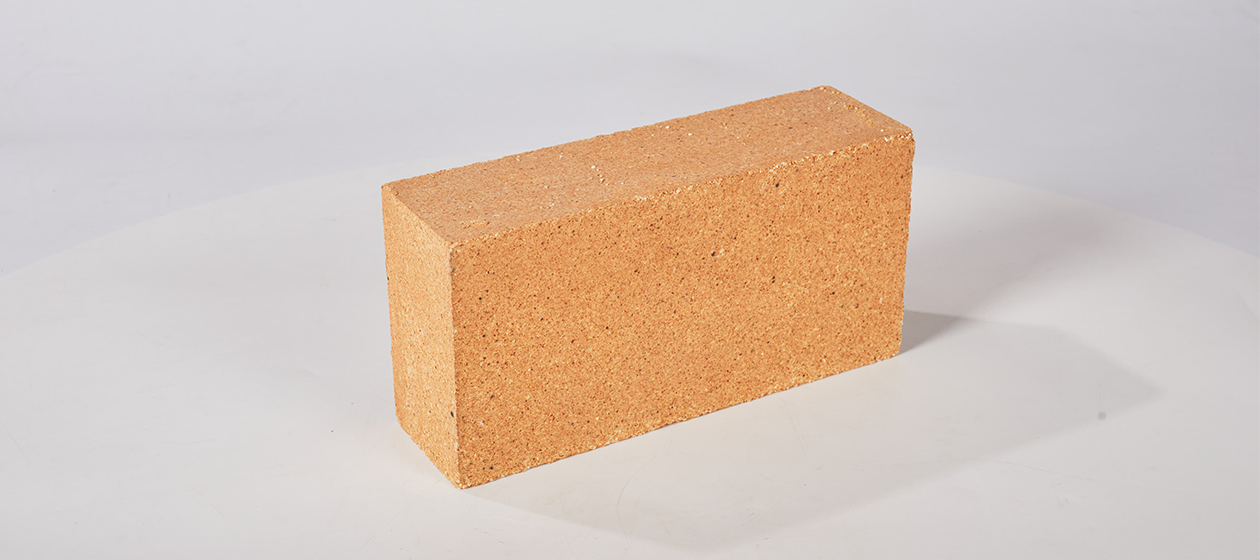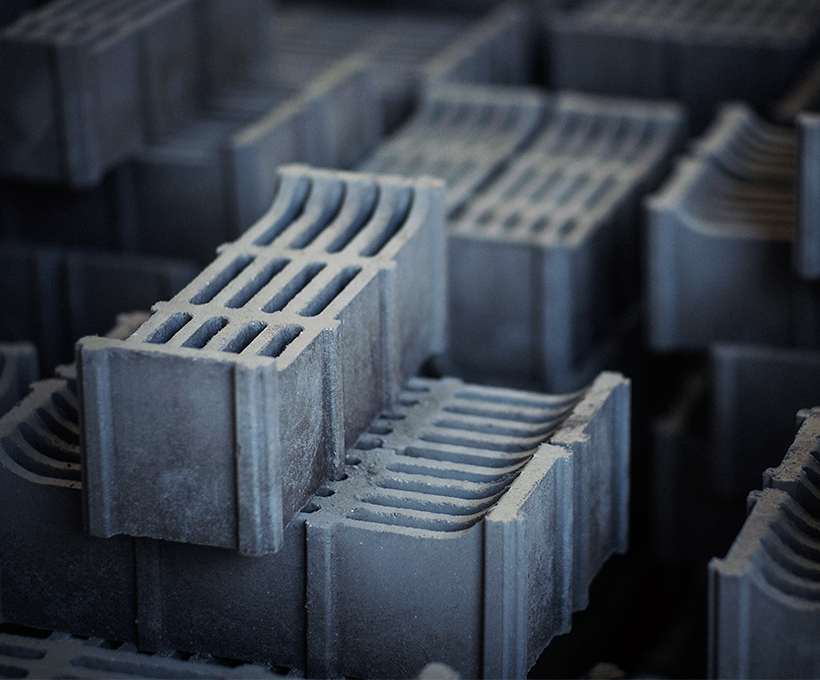For millennia, clay bricks have formed the backbone of human civilization’s architectural achievements. From the ancient walls of Babylon to the charming streets of modern European cities, these humble rectangular blocks have proven their worth through centuries of service. Their remarkable longevity, often exceeding a century when properly made and maintained, makes them one of the most durable building materials known to mankind.
The secret to clay bricks’ impressive lifespan lies in their simple yet robust composition. When high-quality clay with minimal impurities undergoes proper firing at temperatures between 900°C and 1200°C, it transforms into an incredibly resilient material. The firing process vitrifies the clay particles, creating a matrix that stands strong against weathering, fire, and the test of time. In regions with particularly calcium-rich clay deposits, the resulting bricks often develop an enhanced natural resistance to moisture penetration due to the formation of calcium silicate hydrates during firing.
Proper usage begins with selecting the right type of brick for each application. Solid clay bricks, with their high compressive strength, remain ideal for load-bearing walls, while perforated varieties offer lighter solutions for partition walls. The art of bricklaying itself plays a crucial role in longevity. Skilled masons understand the importance of using compatible mortars – often lime-based or polymer-modified – that allow for slight movement without cracking. This is particularly important in areas prone to seismic activity or significant temperature fluctuations.
China has emerged as a global leader in clay brick production, leveraging its abundant natural resources and manufacturing expertise. The country’s vast deposits of high-quality clay, particularly in regions like Shandong and Jiangxi provinces, provide ideal raw materials. Many of these clay sources naturally contain beneficial mineral compositions, including calcium compounds that enhance the bricks’ performance. Chinese manufacturers have perfected the production process through advanced tunnel kiln technologies that ensure uniform firing while improving energy efficiency.
What truly sets clay bricks apart is their remarkable combination of durability and aesthetic appeal. Unlike many modern materials that degrade noticeably over time, well-made clay bricks often develop a desirable patina that enhances their visual character. This aging process, combined with their inherent resistance to fire, pests, and rot, makes them an exceptionally sustainable choice. When we consider their entire lifecycle – from production to centuries of service – clay bricks represent one of the most environmentally responsible building options available.
The continued relevance of clay bricks in contemporary construction speaks volumes about their fundamental value. As architects and builders increasingly prioritize sustainable, long-lasting materials, clay bricks are experiencing renewed appreciation. Their thermal mass properties contribute to energy-efficient buildings, while their natural composition ensures they can eventually return to the earth without leaving harmful residues. In an age of disposable construction materials, clay bricks stand as a testament to the enduring value of time-tested building solutions.






